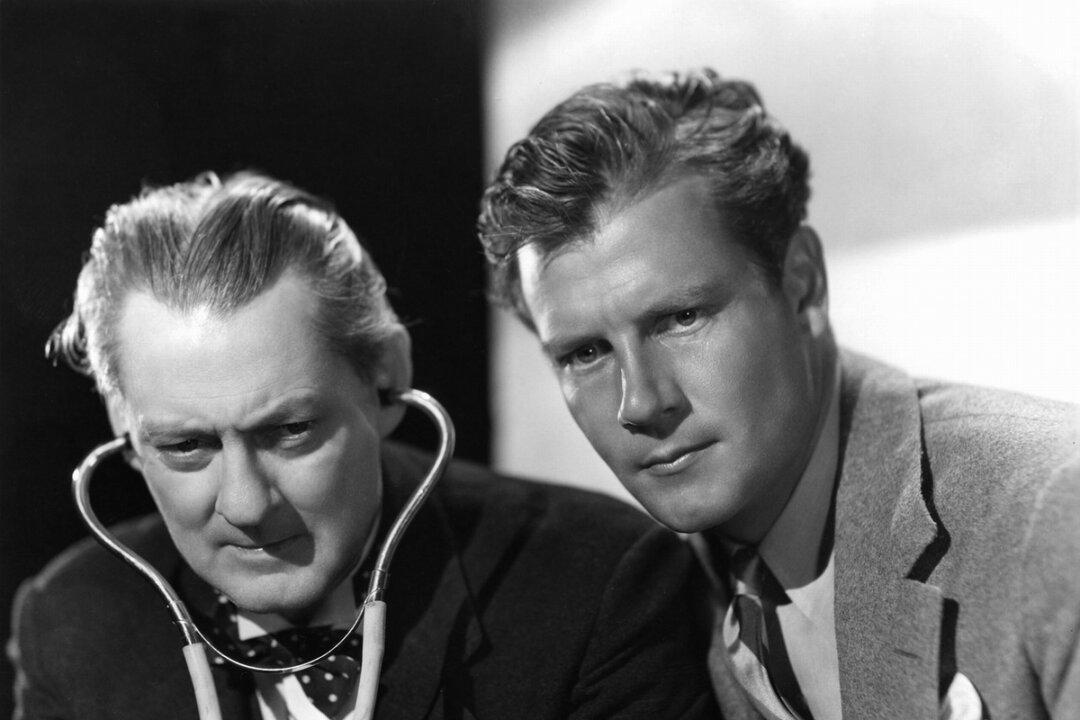NR | 1 h 12 min | Drama | 1933
What’s one of the most memorable throwaway lines from Lionel Barrymore, after playing a doctor in this film? “I'd rather play a doctor than pay him!”

NR | 1 h 12 min | Drama | 1933
What’s one of the most memorable throwaway lines from Lionel Barrymore, after playing a doctor in this film? “I'd rather play a doctor than pay him!”